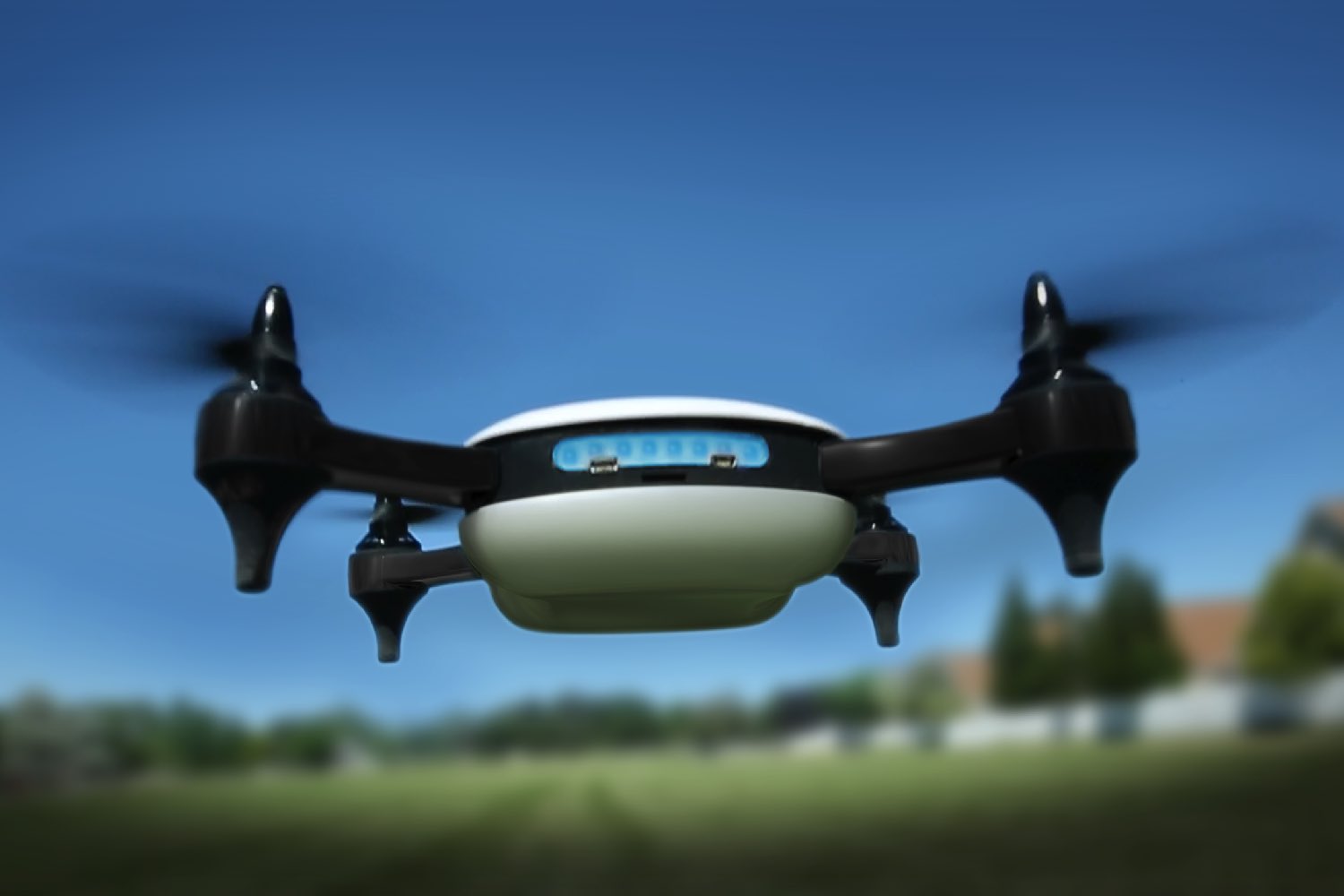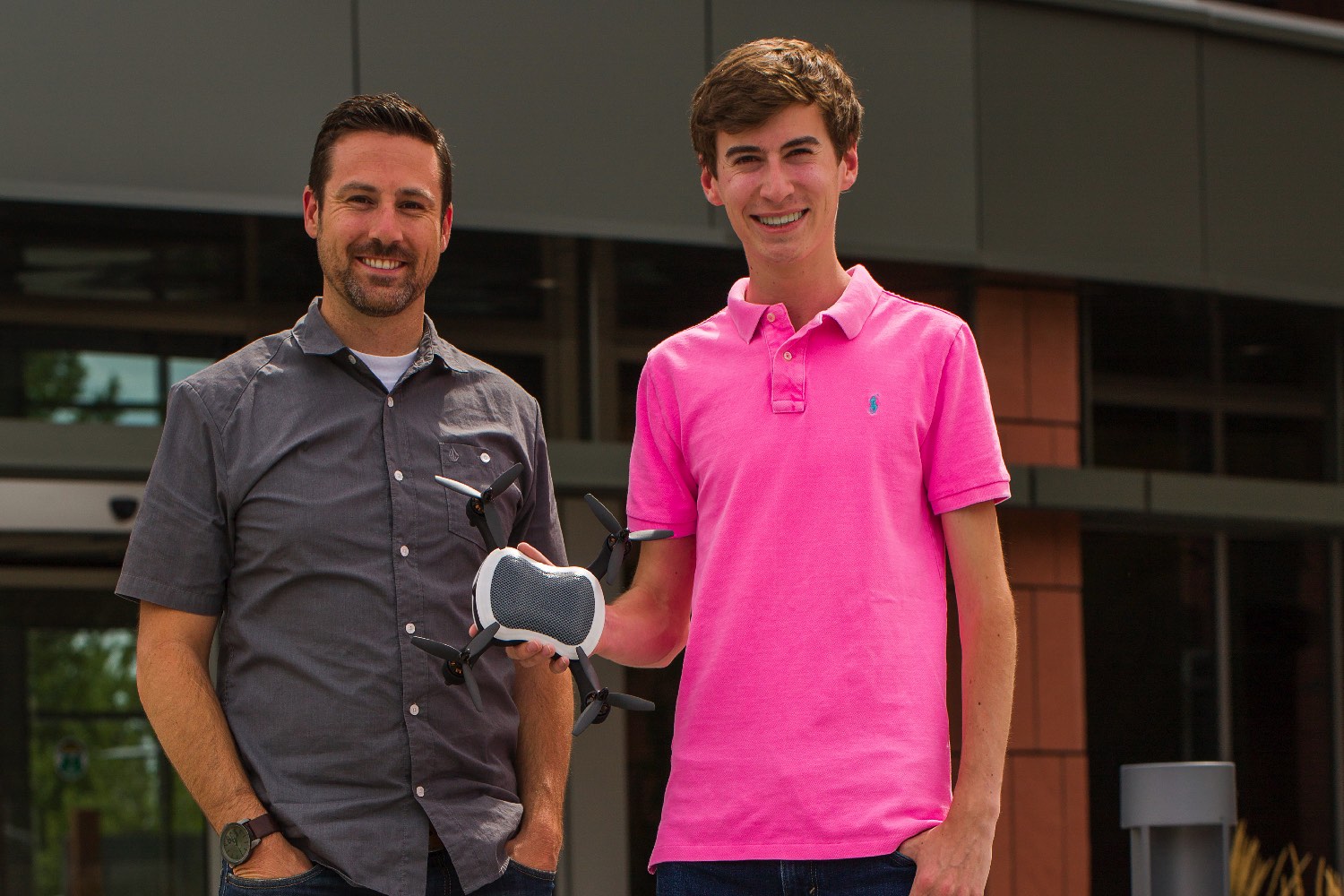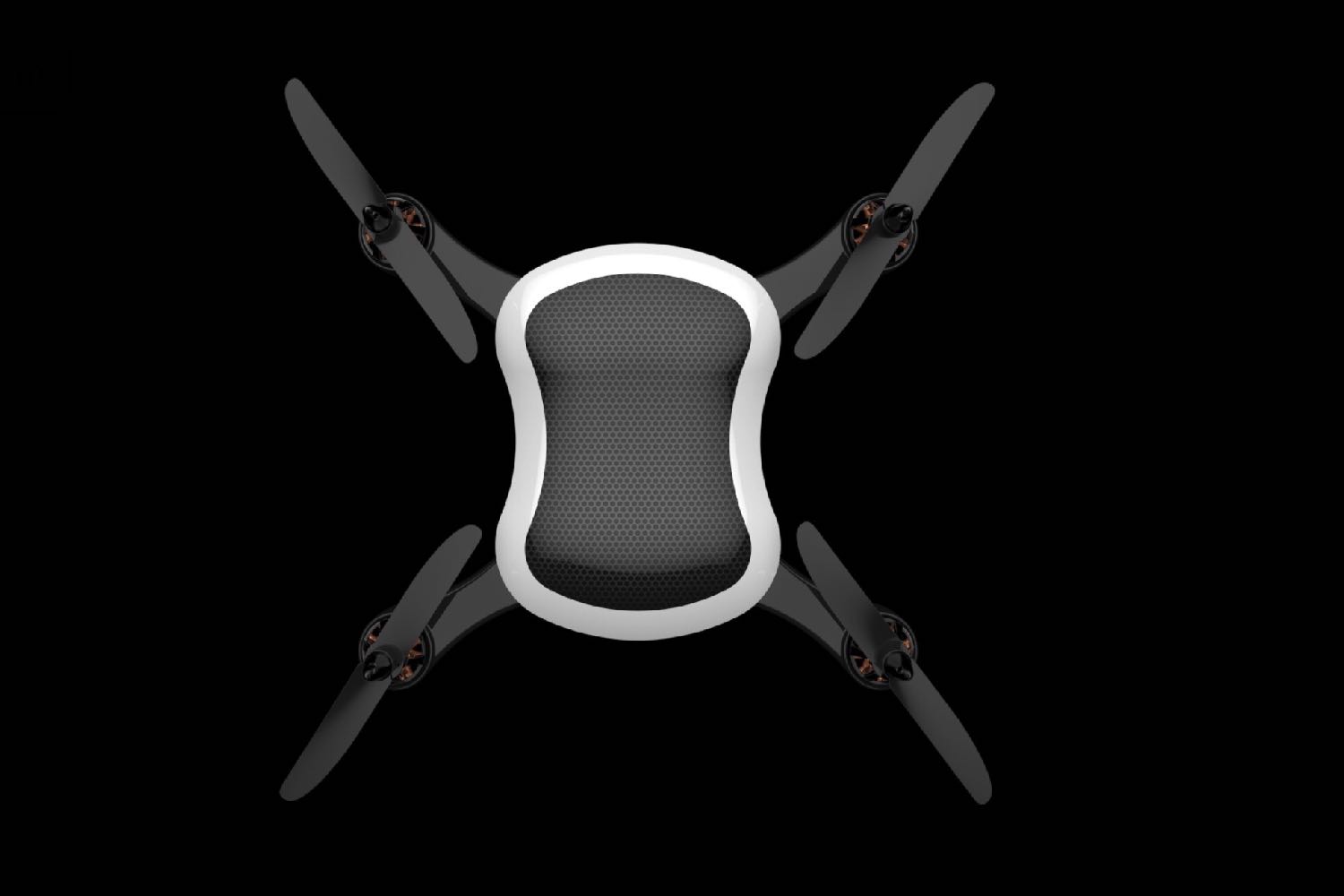The world’s fastest consumer drone is now available for preorder, ahead of its launch prior to Christmas 2016.
Created by Thiel Fellow and 18-year-old (!) recent high school grad George Matus, the $1,299 Teal drone boasts some seriously impressive innovations in terms of both hardware and software. “I’ve had the chance to fly just about every product on the market and I essentially built a wishlist of everything I’d ever include in a drone if I was able to build my own,” Matus tells Digital Trends.
From a hardware perspective, Matus’ drone can fly over 75 mph out-of-the-box, claims to be able to withstand winds of up to 40 miles per hour, and is waterproof enough to fly in rain, snow and hail without problem. It’s also modular, which makes it highly customizable and easy to replace components should the need arise.
Given those specs, it’s — amazingly enough — on the software side where things really get really exciting, though. For one thing, the drone boasts an integrated NVIDIA TX1 “supercomputer,” which reportedly will be able to deal with demands such as image recognition, autonomous flight and even machine learning.
Most excitingly of all, Teal is offering an open API, launching ahead of the drone’s consumer launch date. “Most companies in the consumer commercial market are just focusing on one specific niche or use-case,” Matus says. “The goal of this company is to build a drone that’s more of a universal platform so it can be much more than just a flying camera; it can do things like gaming, racing, following you around based on image recognition, and far more. It’s programmable just like a smartphone.”
Like an App Store for drones, the idea is that developers will be able to tap into Teal’s impressive hardware and software to create any number of different use-cases. The driving belief behind this concept is that we currently only have an understanding of 5 percent of what is possible in the drone space, and an open API will allow for the development of drone applications that will truly transform our lives.
“I really compare this to the past generation of phones,” Matus says. “I like to think of the drones currently available on the market as the equivalent of flip phones. Now we’re building the drone equivalent of a smartphone.”
Hype or reality? We’re definitely excited to find out.







